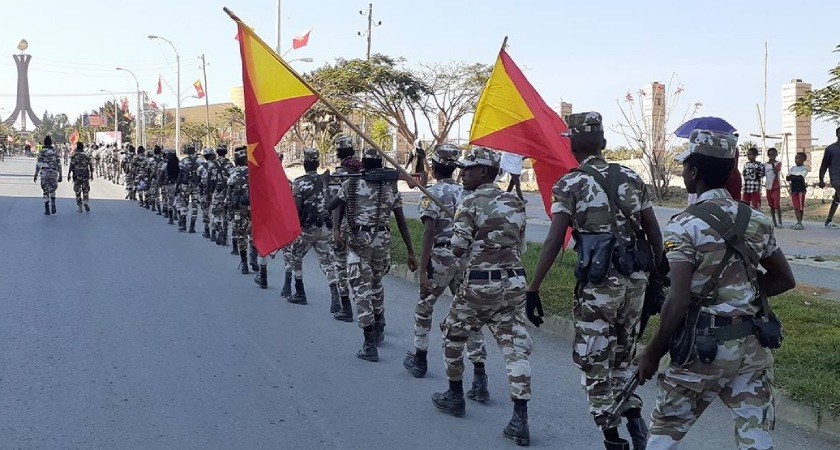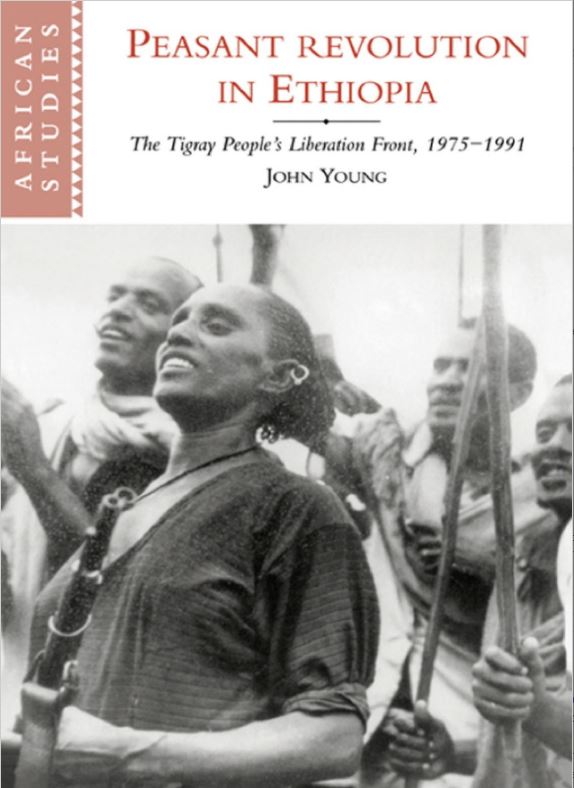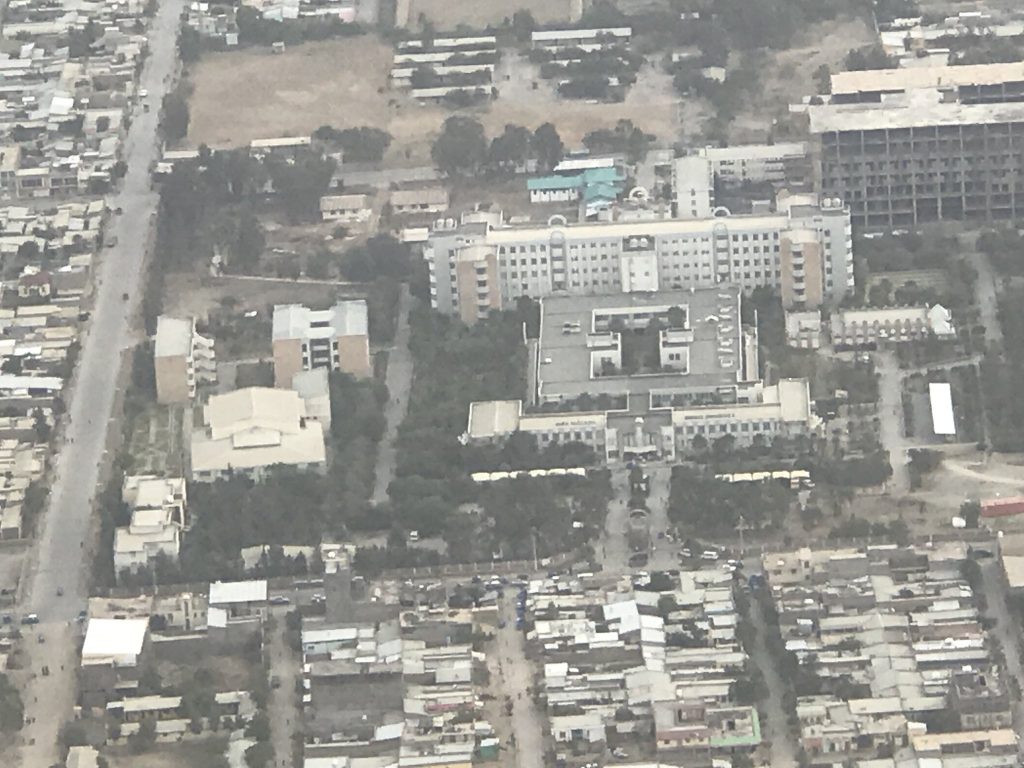




This is the story I witnessed of the brave unarmed civilians peacefully protesting and blocking invading forces from ransacking Ayder Comprehensive Specialized Hospital in Mekelle, Ethiopia in November of 2020. I had been performing neurosurgery, teaching fellows, and medical students at Mekelle University in the Tigray region of Ethiopia since 2015 in a federal university and hospital. As such I was present in Mekelle from the onset of the war between the Tigray Defense Force and the Ethiopian/Eritrean forces from the onset until my evacuation near the end of December 2020 at the behest of international influence and my family which was three days of driving through multiple checkpoints and unstable areas until we finally arrived in Addis Ababa.
Following the retaking of Mekelle by the Tigray Defense on June 28, 2021 there has been a mixture of sadness and joy. For sometime I have wanted to tell the story of what I think was the most heroic thing I have ever seen in my life which was the unarmed defense of Ayder Comprehensive Specialized Hospital in Mekelle. Prior to this time I felt telling it would result in reprisal to the citizens of Mekelle. Now that Mekelle is free it is important to tell it.
For almost 24 hours on November 25, 2020 the city of Mekelle was attacked constantly by artillery, rocket attack, and airstrikes even though the Tigray Defense Forces had left the city to only civilians. In my own immediate neighborhood just a few blocks from the Mekelle University hospital, Ayder Comprehensive Specialized Hospital many homes and buildings were destroyed and many killed. A market and home for elders was directly hit killing and wounding many.
About 200 yards from my house, a home that housed a large extended family suffered a direct hit that sent shrapnel breaking my windows at about 6:30 in the morning. I ran over there to find a young woman in the street with a severe bleeding wound in upper leg but that was just the beginning of the horror. The walls of the house had been destroyed on two sides and the rest looked like a Swiss cheese with many perforations. On the ground was a motionless young woman who had only a red spot on the ground where her chest was supposed to be. Her lifeless arms were extended with each one holding toddlers. The children where crying. When I pulled back their hair I found that hundreds of small munitions fragments had penetrated the scalp of both children although the eyes seemed okay. There was nothing we could do for the mother nor her mother who lay beside her dead as well from penetrating shrapnel. Remaining family members rushed the sister with the injured leg and the children to Ayder Comprehensive Specialized Hospital.
At the hospital emergency room there was wave after wave of ambulances and private vehicles bringing those hit by the attack who were all civilians. Some could be helped but many were beyond hope. We were able to save the children and their aunt from the attack near my house. Although we would sometimes previously do mass casualty from bus accidents in the past this was a much greater magnitude as we saw more then 120 patients in the first few hours.
Before the invasion of the city, we had been receiving civilian causalities, Tigray Defense Force causalities, and also Federal/Eritrean causalities. We treated them all the same. The local people even brought food and blankets for the all the groups. However after the invasion the tenor of the invading force changed. Many patients were just suddenly whisked away to parts unknown and we were not allowed to inquire.
The next day on November 26, 2020 at which time Federal Ethiopian armed forces and Eritrean forces invaded unopposed the city of Mekelle. For the next few days in Mekelle there were Ethiopian and Eritrean forces looting, shooting, robbing, and harassing civilians all around the Ayder area where I lived and the hospital was located. The hospital was occupied by Ethiopian army regulars, then Special Forces from Oromia, and so-called Federal Police. Then suddenly for about half a day they disappeared.
Rumors where flying in the city that Eritreans where ransacking public utilities, schools, etc. The hospital had always been a source of pride and necessity for not only Mekelle but all of Tigray. The local population of civilians began to put tires, logs, and stones to block trucks or other vehicles in the streets surrounding around Ayder Comprehensive Specialized Hospital, the main teaching and tertiary hospital for Tigray, fearing that the hospital which was highly valued by the city would be destroyed or looted. Special Red caped soldiers showed up and began harassing the locals more and more.
The locals did not back off. They gathered by the thousands and began to surround the hospital 24 hours a day. Many times semitrucks and smaller trucks driven by Eritreans which were empty tried to make it to the hospital to loot it but where physically blocked by protestors standing in their way. At one point a group of young men were shouting about ten feet in front me to the soldiers. Suddenly the soldiers fired at them killed one and injuring two others. At that time there were tires burning all around the hospital with thousands of protesters. The soldiers were scared and I feared the worst was going to happen. It was tense until morning. Finally the lined up trucks driven by plain clothed Eritreans were told to leave by the invading forces. The two that survived to be treated were hauled off from the hospital by the invading forces and have not been seen again as far as I know.
Pictures I had of the event were erased by Eritrean patrols that would search me everyday I went to the hospital but I will never forget the bravery of the people in Mekelle who unarmed defended their hospital.